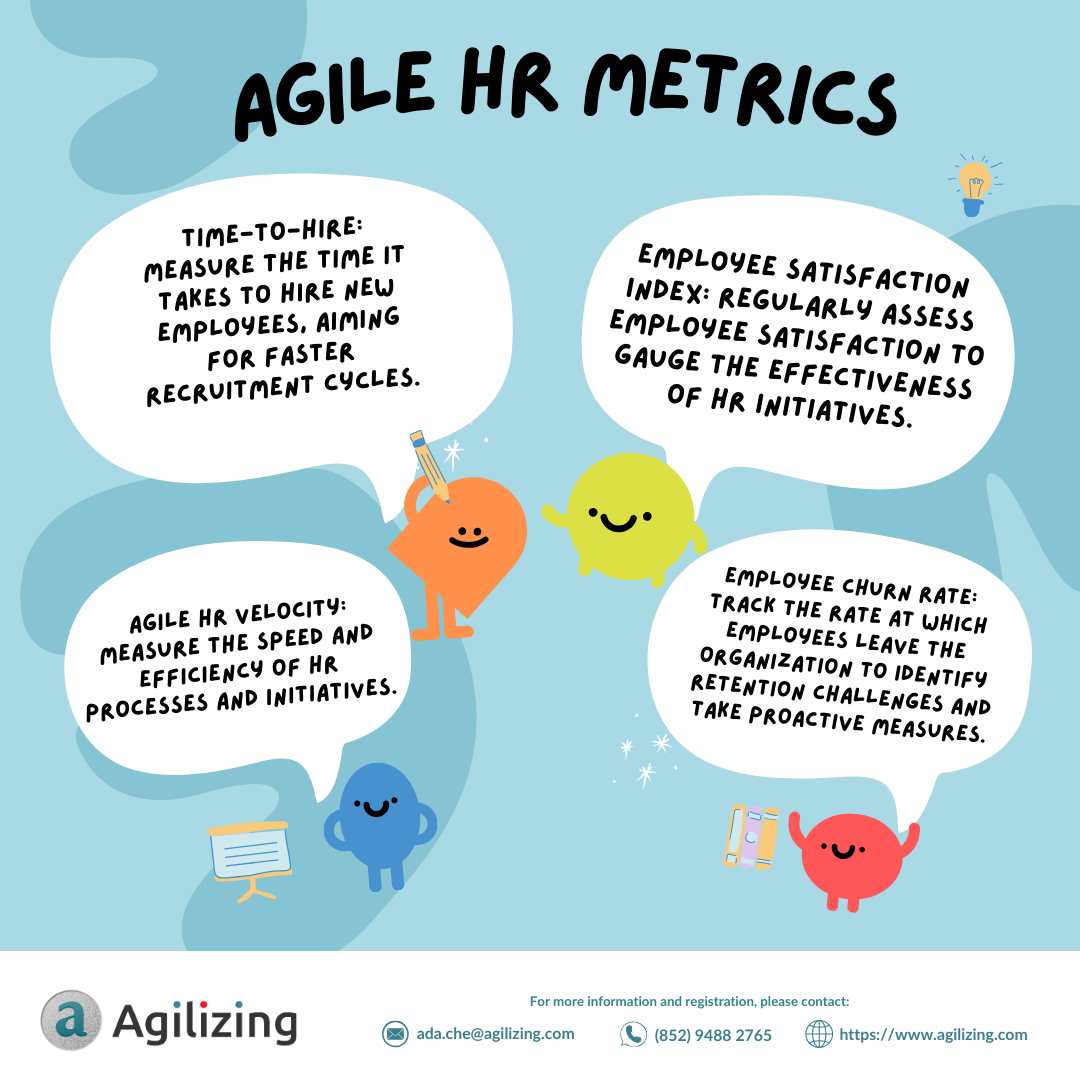
Agile HR Metrics
Are you ready to transform your HR practices and drive organizational success? 🚀 Embracing an agile mindset in HR is the key! Here are four essential Agile HR Metrics that
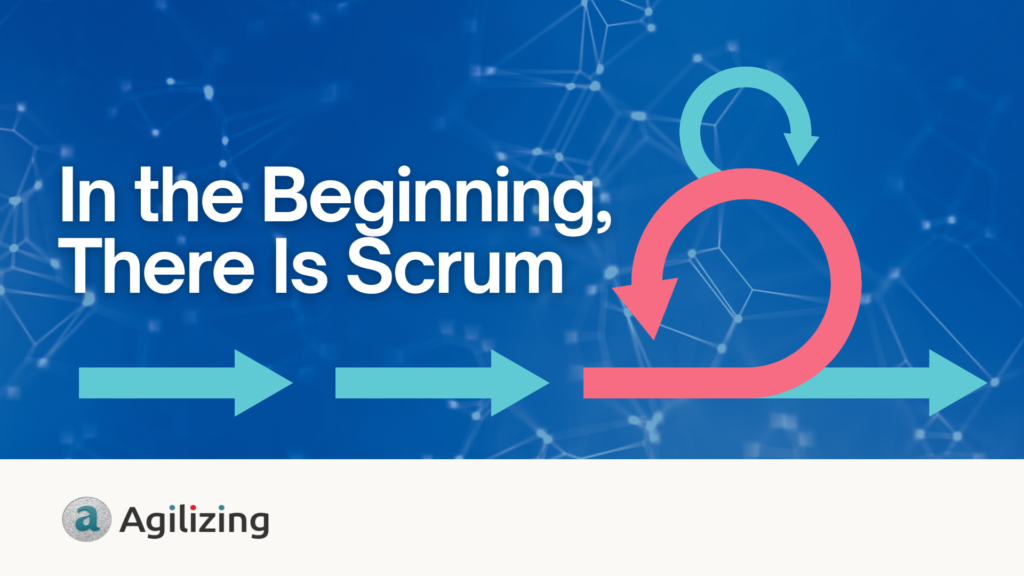
Before I start explaining to people what a Scrum Master is, first I need to tell them about Scrum, or Agile for that matter.
If you consider Scrum as an agile project management method, what does it entail? How is it different from traditional project management methods? Before introducing the essence of Scrum, let’s take a look at one of the biggest differences between Scrum and conventional project management, the latter is also known as the waterfall approach.
In waterfall style of software development, the Input on the left side of the diagram represents software requirements (very similar to the Product Backlog in the Agile world), the middle section of all sort of planning, execution etc. is the forever work-in-progress until something can be delivered, which leads to the right side, the Output – the software itself alongside with design documents and manuals (we call that Shippable Increment using Scrum terms, the Value that’s created for the user).

You notice there’s a new term called “Sprint” that’s unheard of in the traditional project management settings. Another term that has the same meaning as sprint but is more general is “iteration”. Generally speaking, agile methods divide the development timeline of a software project (assuming 6 months) into several fixed time periods (“timeboxing”), such as 2 weeks of development activity, which means there will be a total of 12 sprints in this project. Don’t worry about what each sprint should do and how to allocate requirements to each sprint yet.
The reason why we starting calling the outcome of Sprints or Projects “Value” instead of “Software” or “Product” is very clear, the delivery is meaningful to the customer. It relates to the customer, it contributes value. There are 2 clear feedback pathways in Scrum ceremony, Sprint Review and Sprint Retrospective.
A Sprint Review focus on the product, where the team presents and demonstrates their completed work to stakeholders. The purpose of this event is to assess whether the objectives set for the Sprint were met or not, as well as discuss any changes required before starting the next Sprint. During the presentation, developers demonstrate working software while Product Owners explain how it meets business goals and stakeholder needs. Afterward, attendees provide feedback on what they’ve seen so far – this helps identify potential issues early on which can be addressed promptly by making necessary adjustments during future Sprints accordingly.
On the other hand, a sprint retrospective focus on the process. It is held at the end of each sprint in an agile development process to review and reflect on what was accomplished during that time. The goal of this meeting is to identify any issues or challenges, determine their root causes, and come up with actionable solutions for improvement in future sprints. This helps teams continuously improve their processes and productivity over time. During the retro, team members typically share feedback about what went well, what didn’t, and what could be done differently next time. They may also discuss ways to increase collaboration, reduce bottlenecks, and streamline workflows. Ultimately, the insights gained from a sprint retrospective help inform decisions and guide actions towards more effective delivery of high-quality software.

Unlike the conventional way of project management which you only have one feedback at the end of the life-long project, a 2-weeks feedback cycle helps teams continuously improve their performance and adapt to changing circumstances. By actively seeking out feedback, listening to concerns, and responding quickly to changes in customer needs or market conditions, leaders can help their organizations stay competitive and maintain a high level of customer satisfaction. Embracing a Scrum / Agile mindset requires ongoing learning, experimentation, collaboration, and continuous improvement – all valuable qualities in today’s fast-paced business environment.

Are you ready to transform your HR practices and drive organizational success? 🚀 Embracing an agile mindset in HR is the key! Here are four essential Agile HR Metrics that
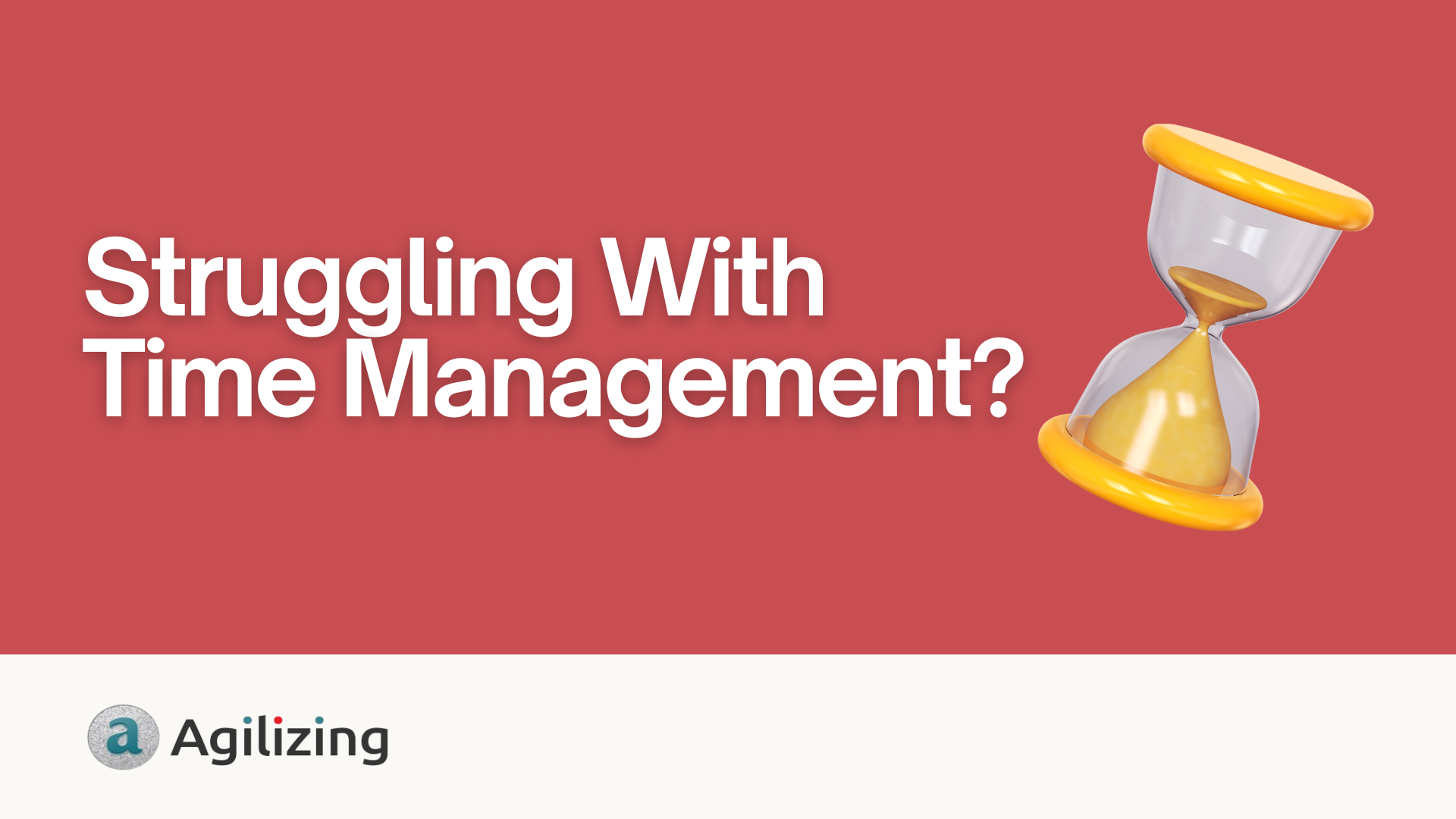
Many of us find ourselves juggling multiple responsibilities, deadlines, and commitments, struggling to stay on top of it all. The constant demands on our time can leave us feeling overwhelmed,

Lean systems thinking, derived from the Toyota Production System, focuses on eliminating waste, maximizing value, and optimizing processes. By adopting a lean systems perspective, businesses can establish a direct and

Citizens in Hong Kong were relieved to hear the postpone of garbage levy (also known as the Municipal Solid Waste Charging Scheme) implementation date to August 2024, the third postpone
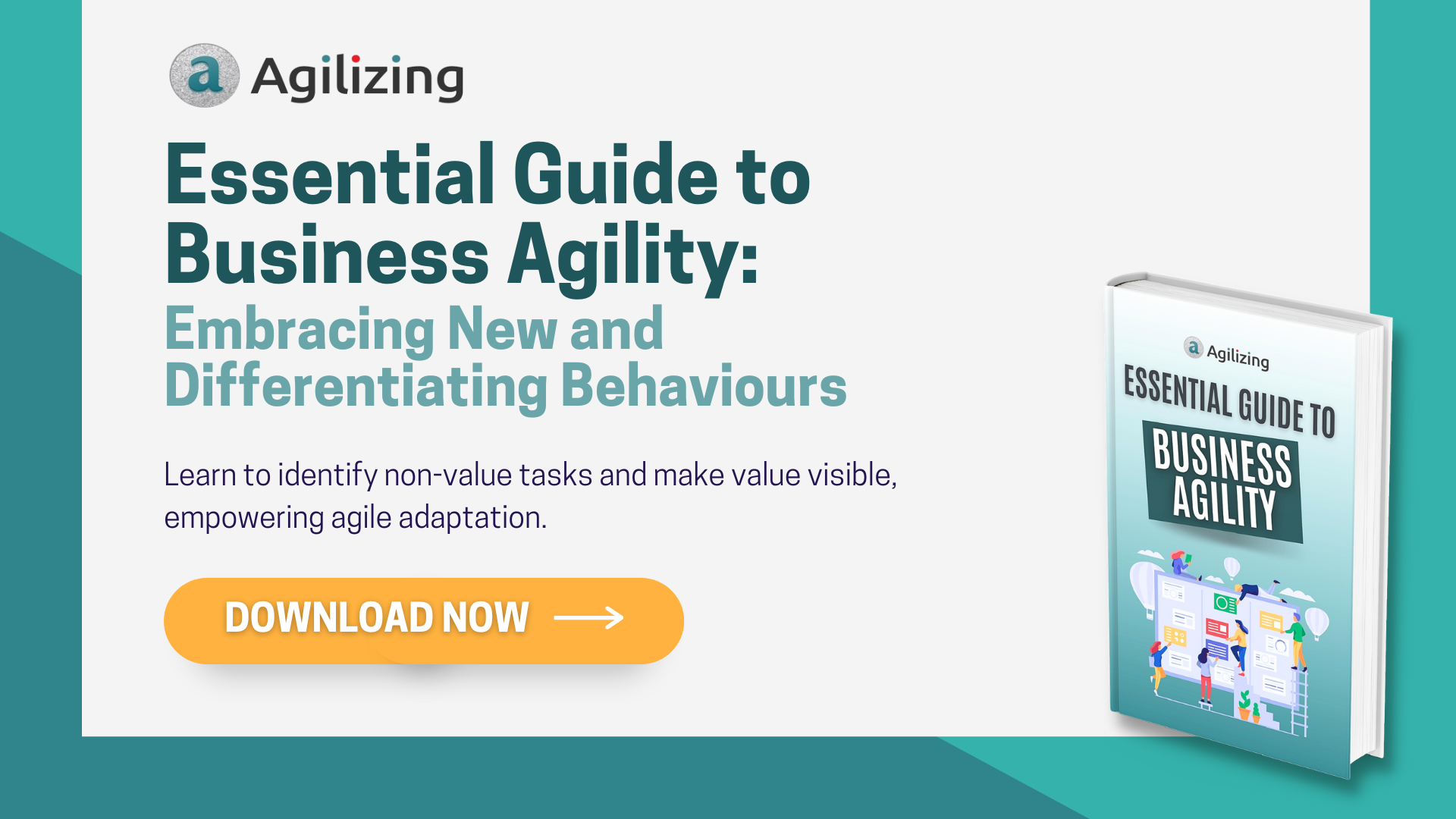
High Performance Questions are an effective tool for enabling Business Agility. They motivate fresh thinking and challenge outdated assumptions. A powerful question comes from a place of curiosity, stimulates reflective
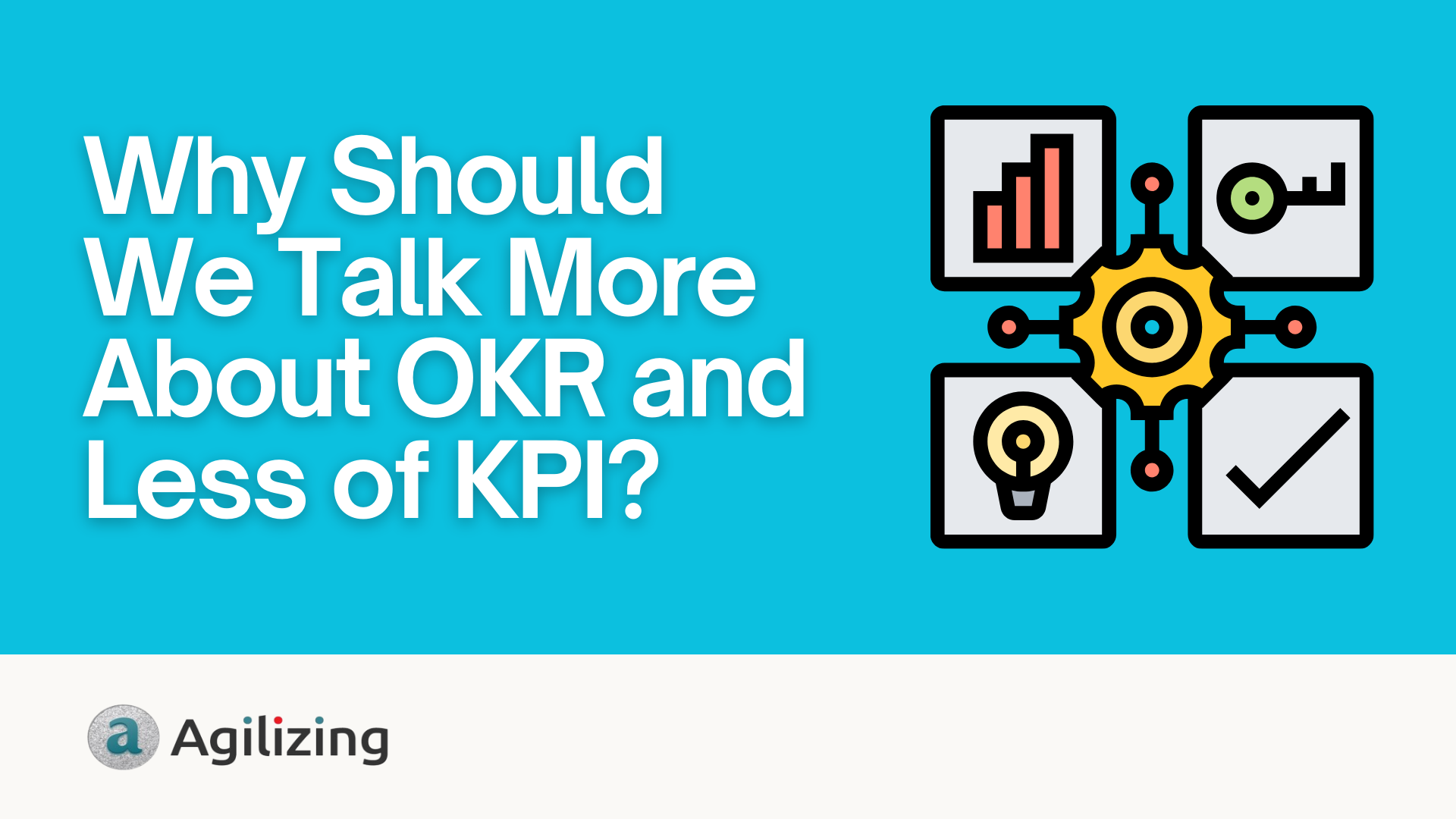
In recent years, more and more businesses have started to abandon traditional annual performance evaluations. General Electric (GE) announced that they would no longer use an annual appraisal system. Other